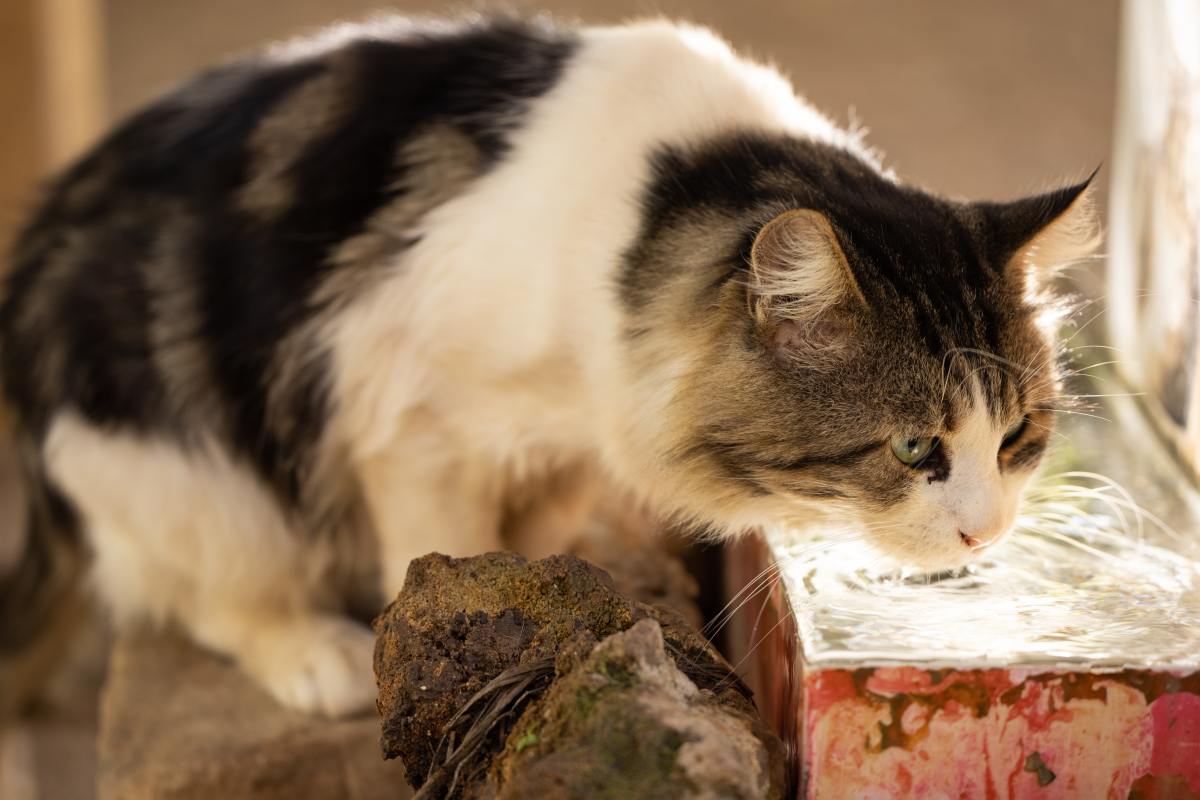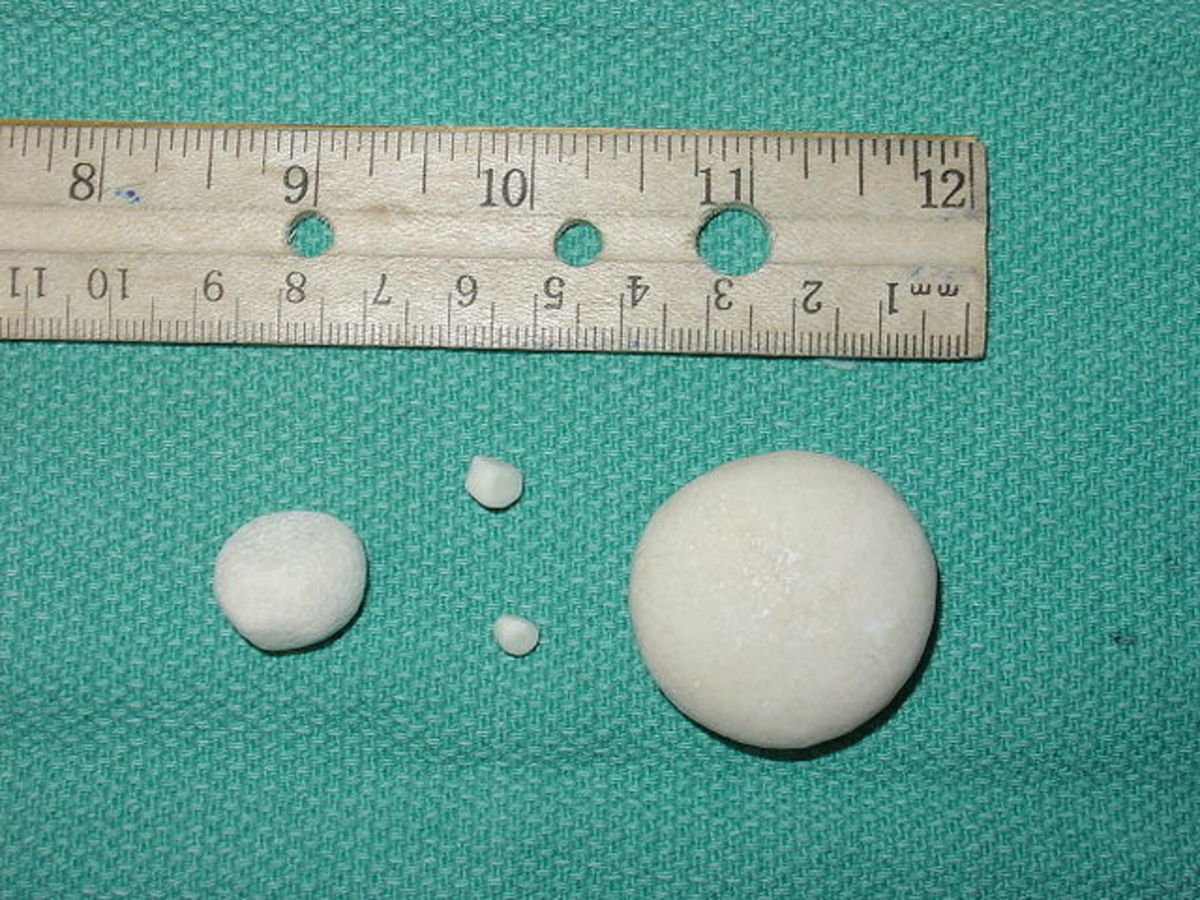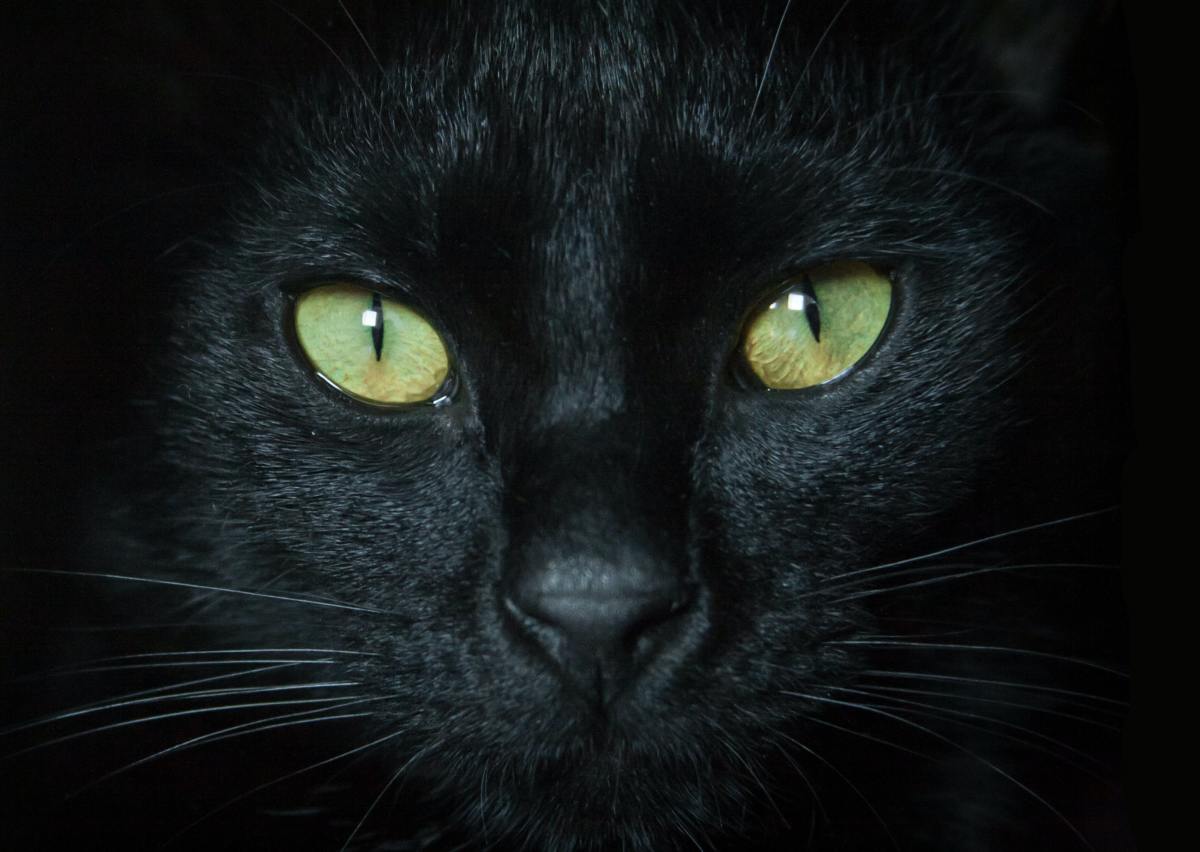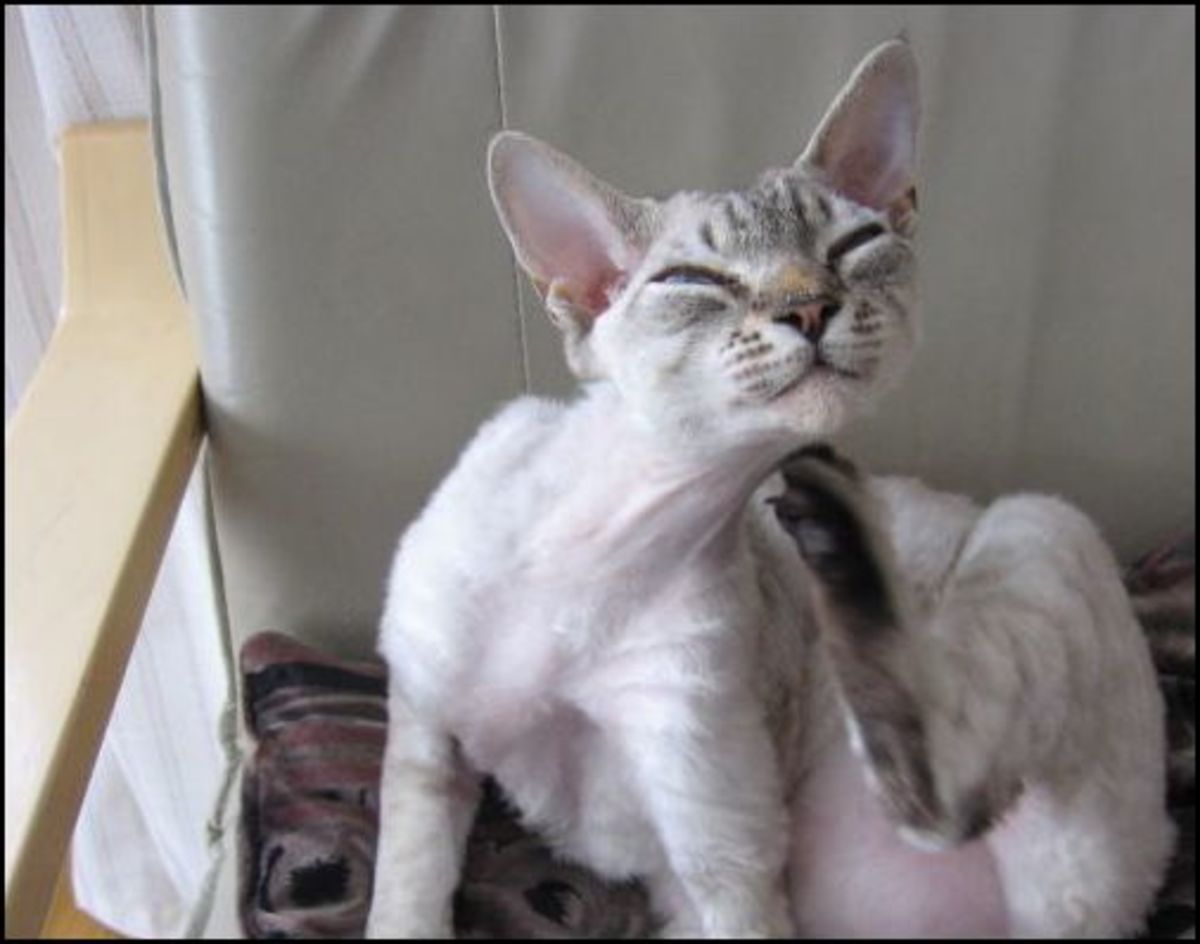Calcium Oxalate Bladder Stones in Cats
Feline Bladder Stones
Although, there are two types of bladder stones that cats can develope, you'll find that most cats will develop calcium oxalate bladder stones, whereas about twenty years or so ago, cats nearly never developed calcium oxalate bladder stones. They did however develop lower urinary tract infections quite frequently.
In order to reduce the number of feline urinary tract infections, food manufacturers began adding more acid to the food, which prevents the development of the crystals, but in the meantime increased the odds for calcium oxalated bladder stones. Because the acid causes a higher pH level in the urine, it in turn causes calcium loss, which both work together to form the calcium oxalate bladder stones.
Cats who are prone to developing feline calcium oxalate bladder stones can include the following cats:
- Persians, Burmese, and Himlayans are genetically pre-disposed
- Cats aged between 5 and 14 years old
- Cats with elevated blood calcium (hypercalciumia)
Unfortunately cats cannot typically pass calcium oxalate bladder stones, and need surgery to remove the stones. You may find that some female cats can pass smaller stones, but male cats cannot.
Signs of Bladder Stones
Cats with bladder stones typically have similar symptoms as cats who suffer feline lower urinary tract disease.
- Straining to urinate
- Bloody urine
- Urinating in unusual places
- Genital licking
If your cat is experiencing these symptoms persistently, you should consult your local veterinarian for a proper diagnosis, so that you can start treatment.
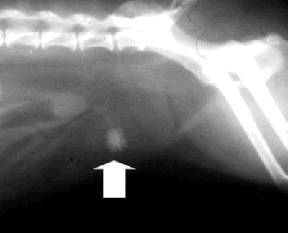
Diagnosing Feline Bladder Stones
In order to diagnose bladder stones, your vet will take an x-ray of your cat's body. Typically in an x-ray you will be able to see the stone or the group of stones within the bladder.
If your veterinarian determines that your cat does have calcium oxalated bladder stones, then you'll want to schedule an appointment to remove the stones, as soon as you can.
Preventing Calcium Oxalated Bladder Stones
If your cat has already had calcium oxalate bladder stones, then you want to make sure that you prevent him from developing any more. In order to prevent your cat from developing bladder stones again, you will have to spend a little time on the prevention, especially if your cat is one of the 35% of cats who develop bladder stones that are caused by elevated calcium levels in the blood.
In this case, you want to put your cat on a low protein, alkalinizing diet that is high in fiber, which will help to absorb the acid in the cat food.
You will probably want to look for canned foods versus a dry kibble, as part of the diet involves diluting the urine with extra water, and the easiest way to make sure that your cat gets water is by feeding canned food.
Consider feeding one of the following cat foods, as they are high in fiber:
- Hills X/D Diet
- Hill's S/D Diet
- Hill's C/D Diet
- Royal Canin S/O
- Royal Canin Dissolution
- Iams Eukanuba Moderate pH pH/O
- Purina CNM UR Formula
Avoid using Vitamin C, as it can be converted to the Oxalic acid.
Check out homeopathic remedies to help prevent bladder stones, as they can help restore balance on a cellular level and potentially improve overall health. You'll want to look for homeopathic remedies that contain ingredients such as uva ursi, cantharis, and berberis vulgaris.
Disclaimer: Please be aware that the advice in this article should in no way replace that of a licensed veterinarian. The methods outlined above may or may not work for your pet. If you have any concerns, you should consult a veterinarian.

